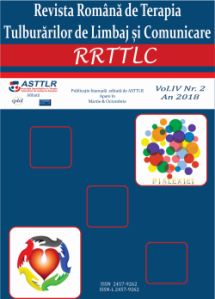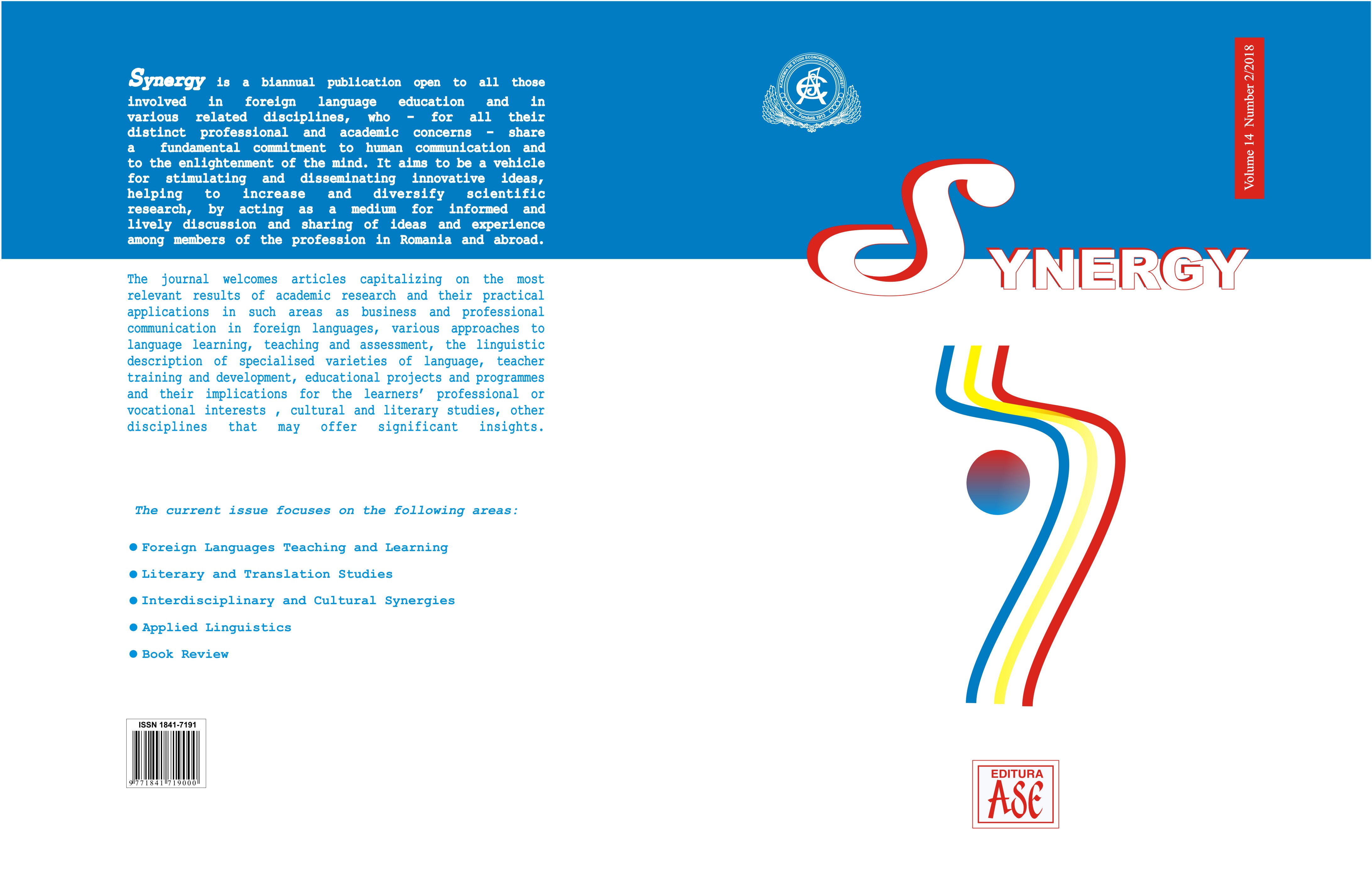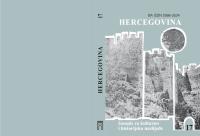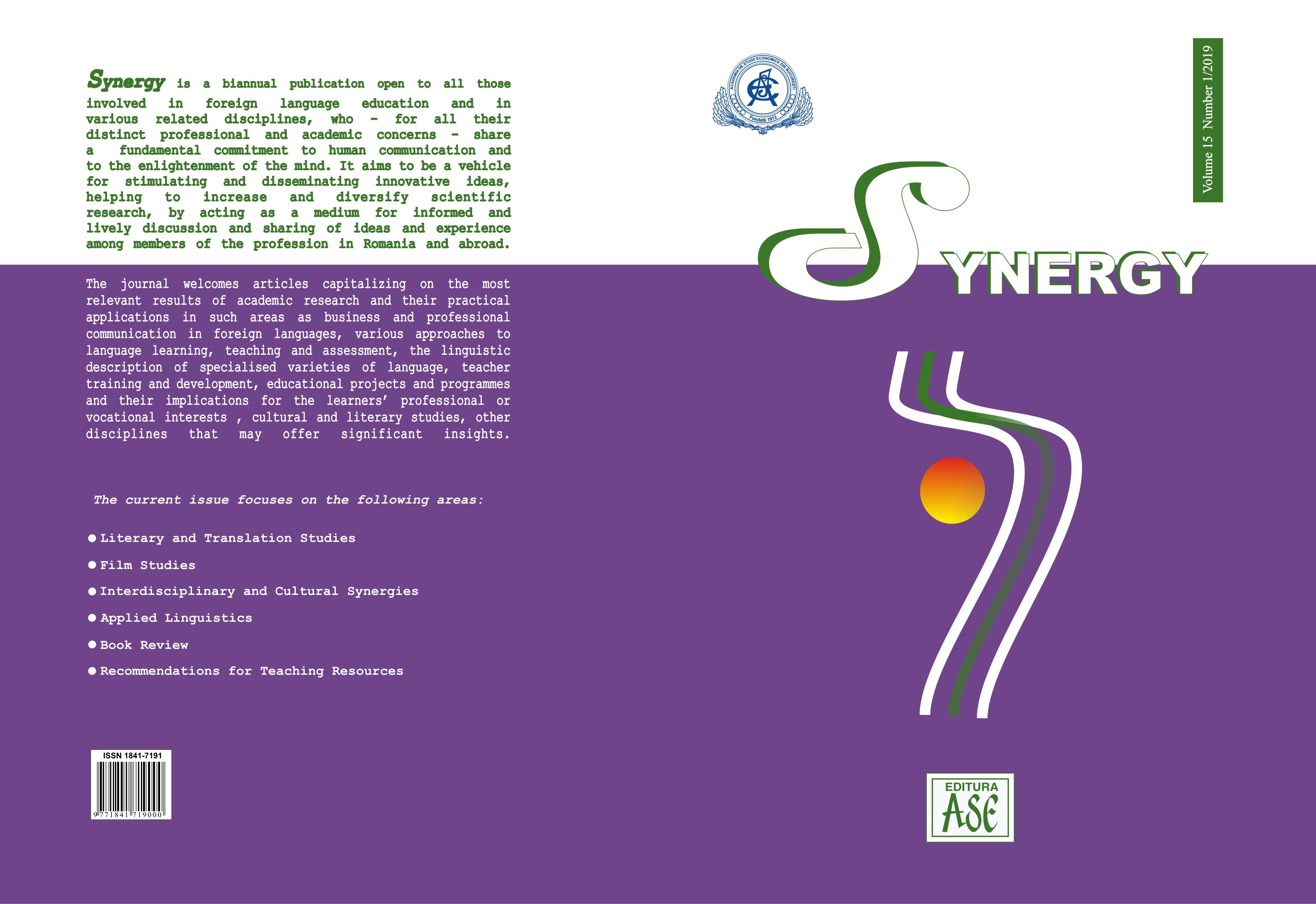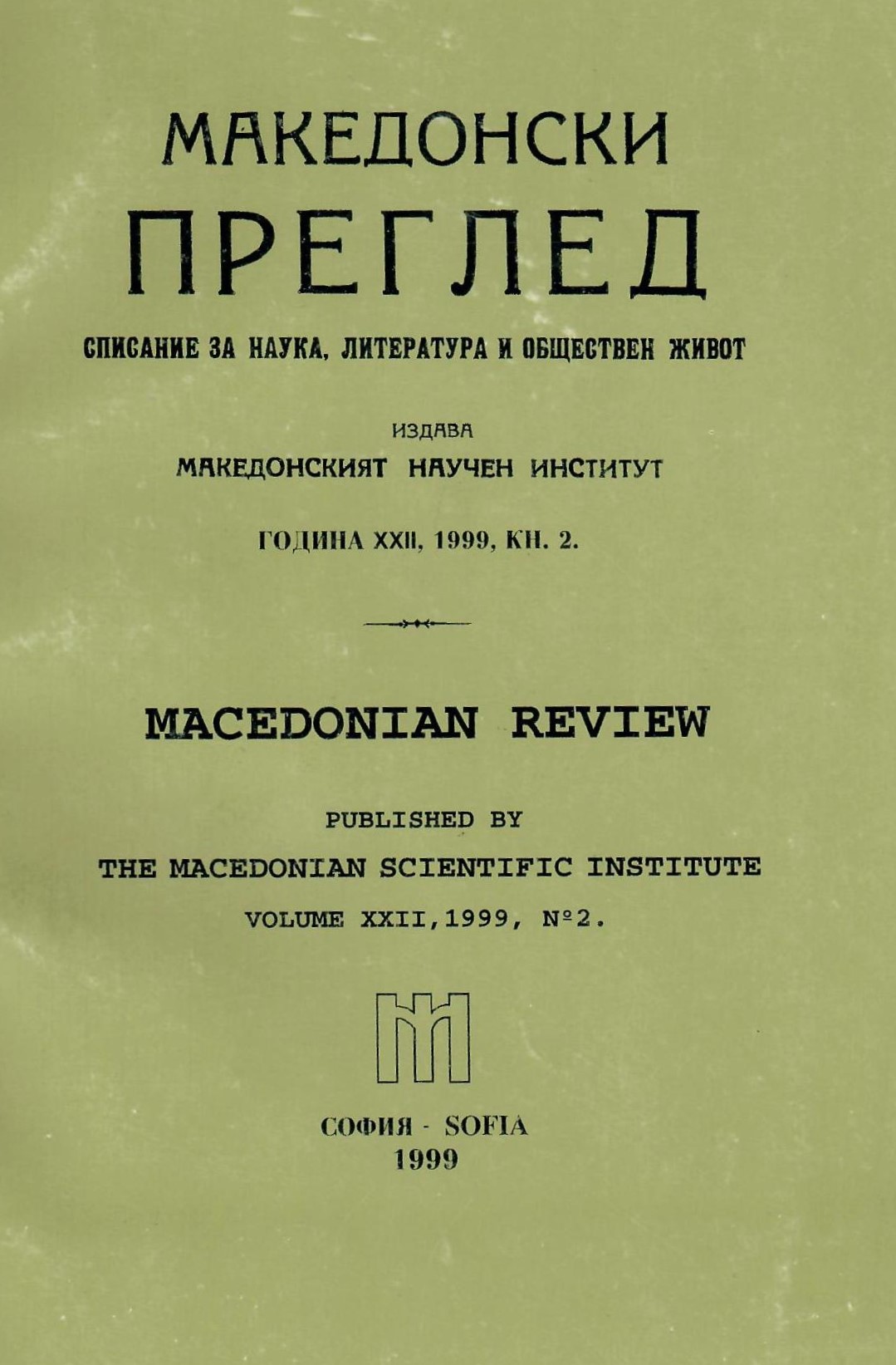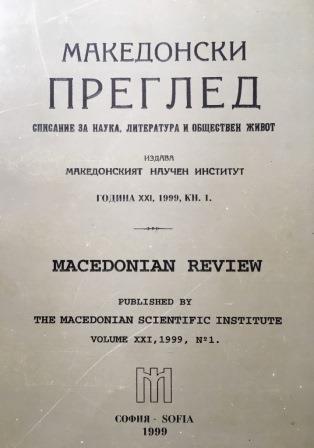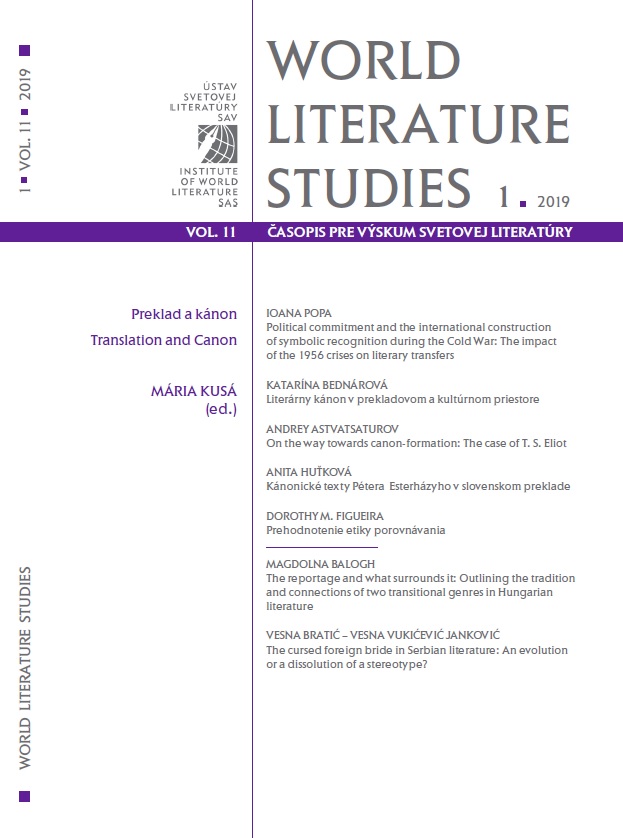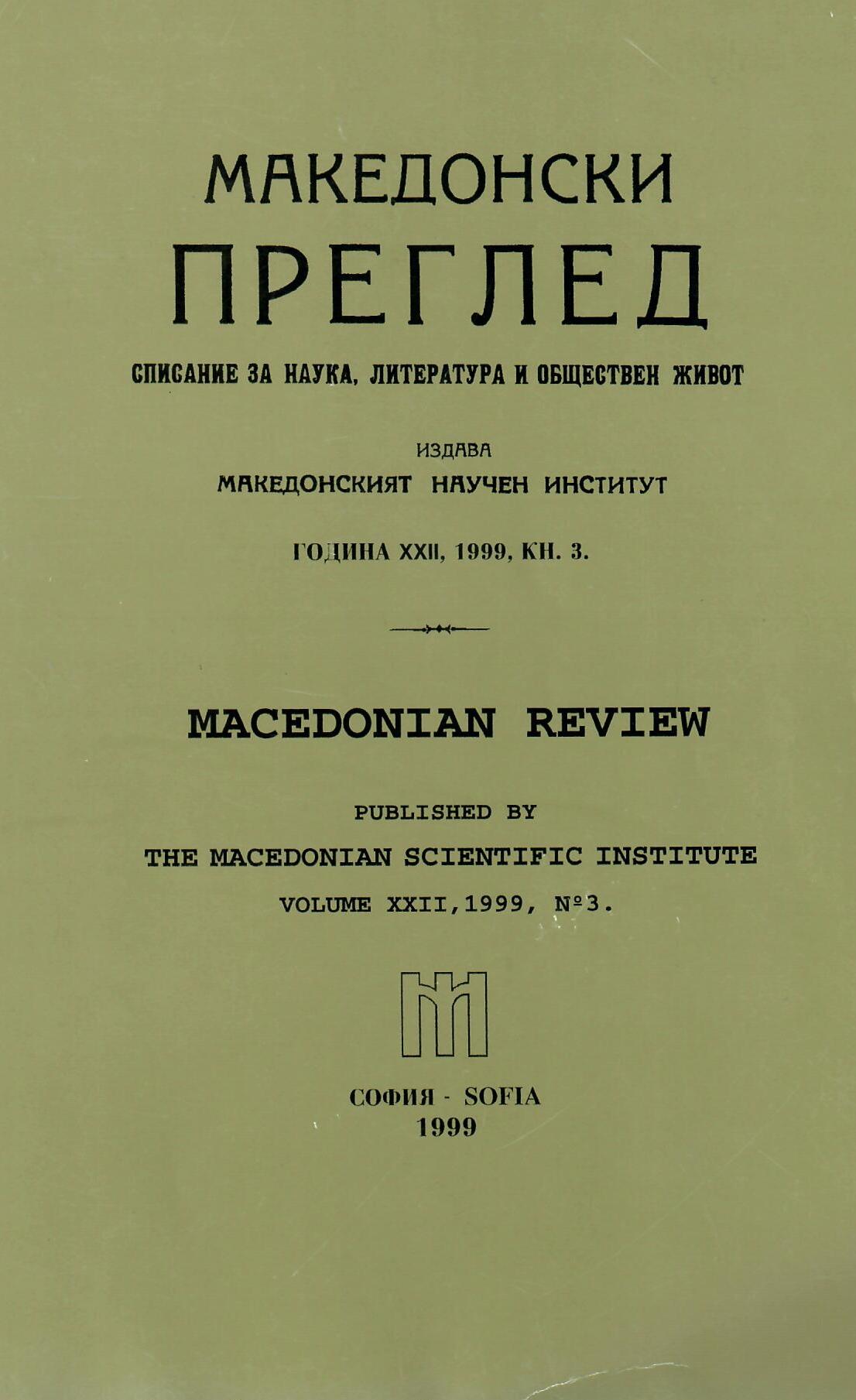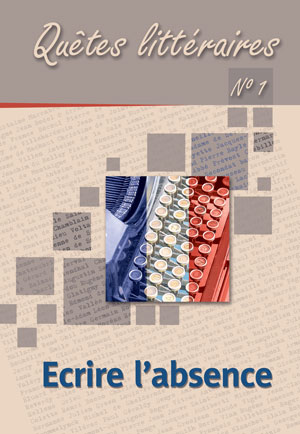
Absents et absences dans les Essais de Montaigne
Except for Étienne de la Boétie, the friend for ever gone but whose presence pervades the Essais so vividly, the reader can notice the nearly total – and therefore puzzling – absence of Montaigne’s mother, Antoinette de Louppes, contrasting with the recurrent mentions to his father, Pierre Eyquem. He will also encounter strange omissions, such as Montaigne’s silence on St-Bartholomew’s Day massacre, and telling lapses, for instance on the answers given to young King Charles IX by the cannibals from Brazil. Do the Essais really “tell everything” (On vanity, III, 9), as Montaigne claims they do ?
More...
